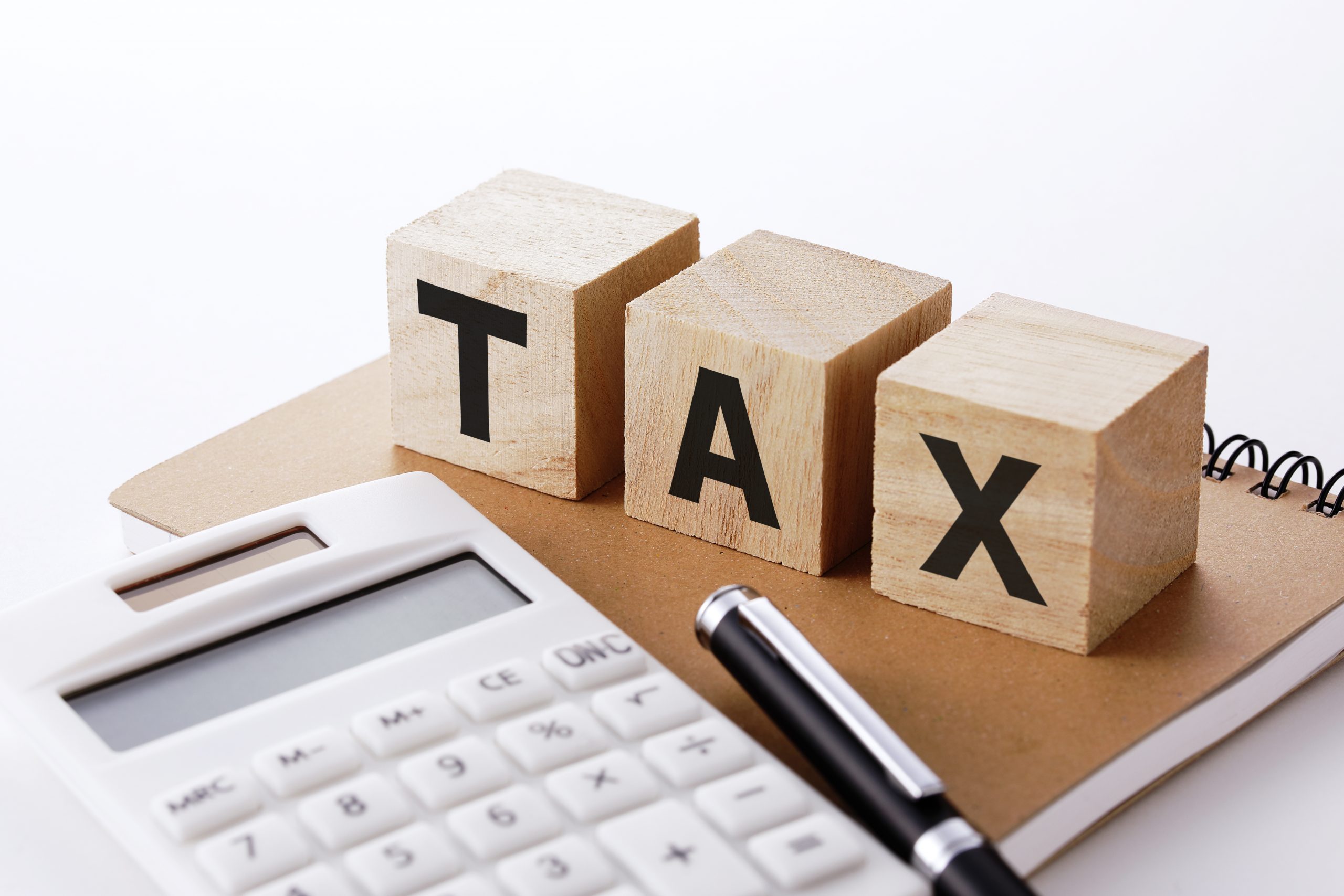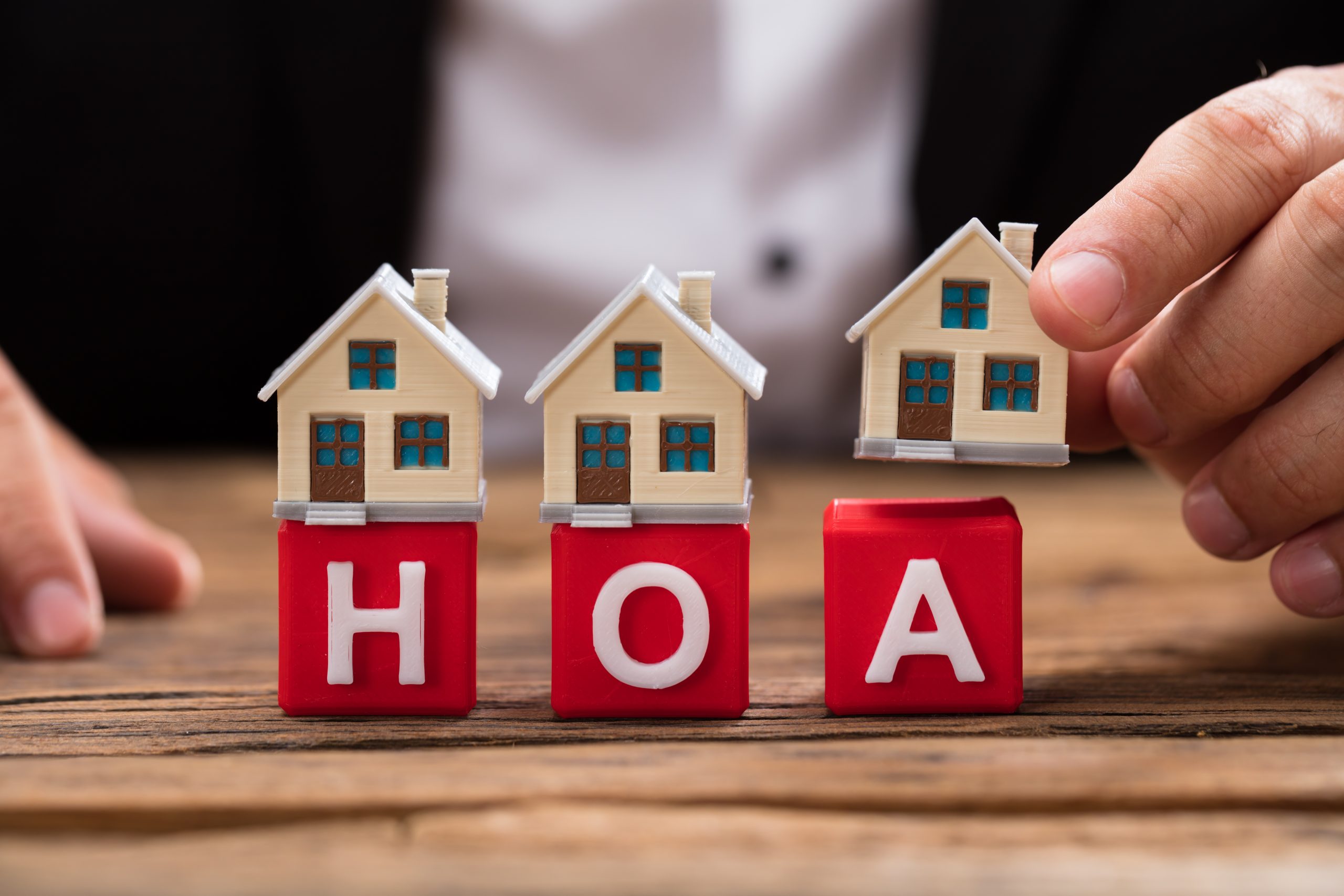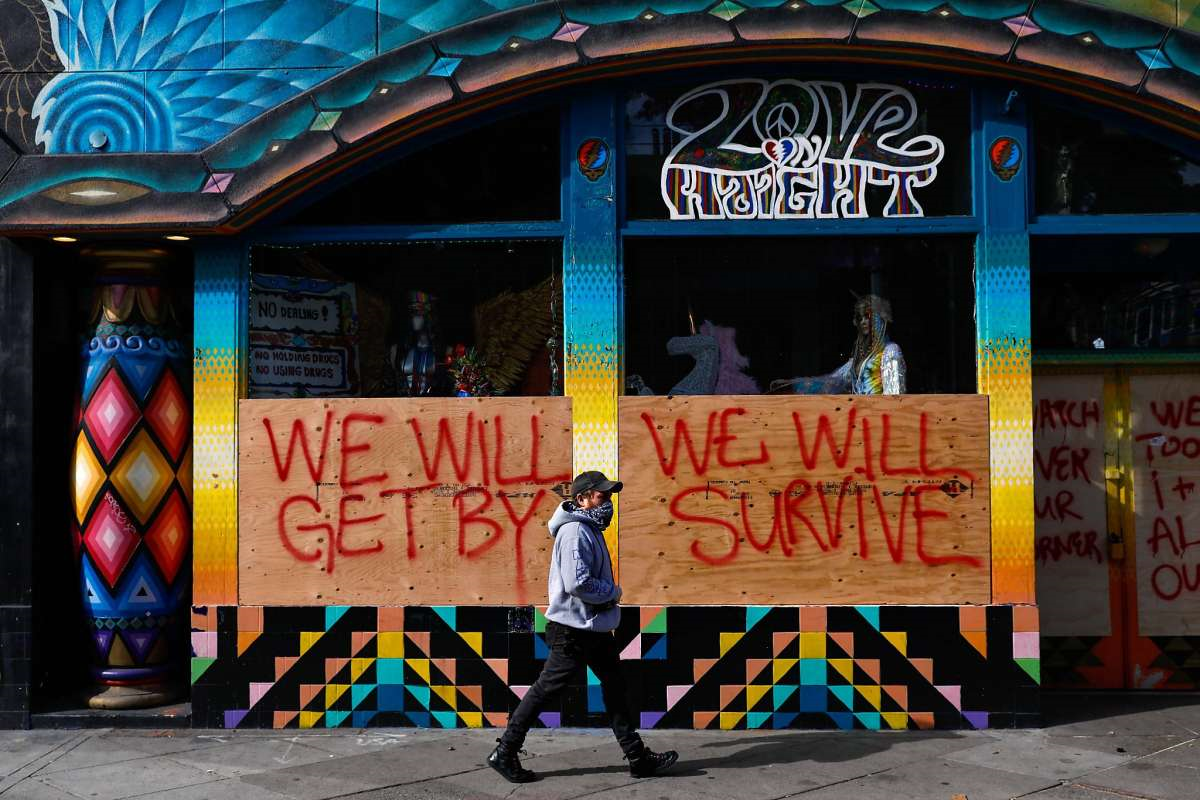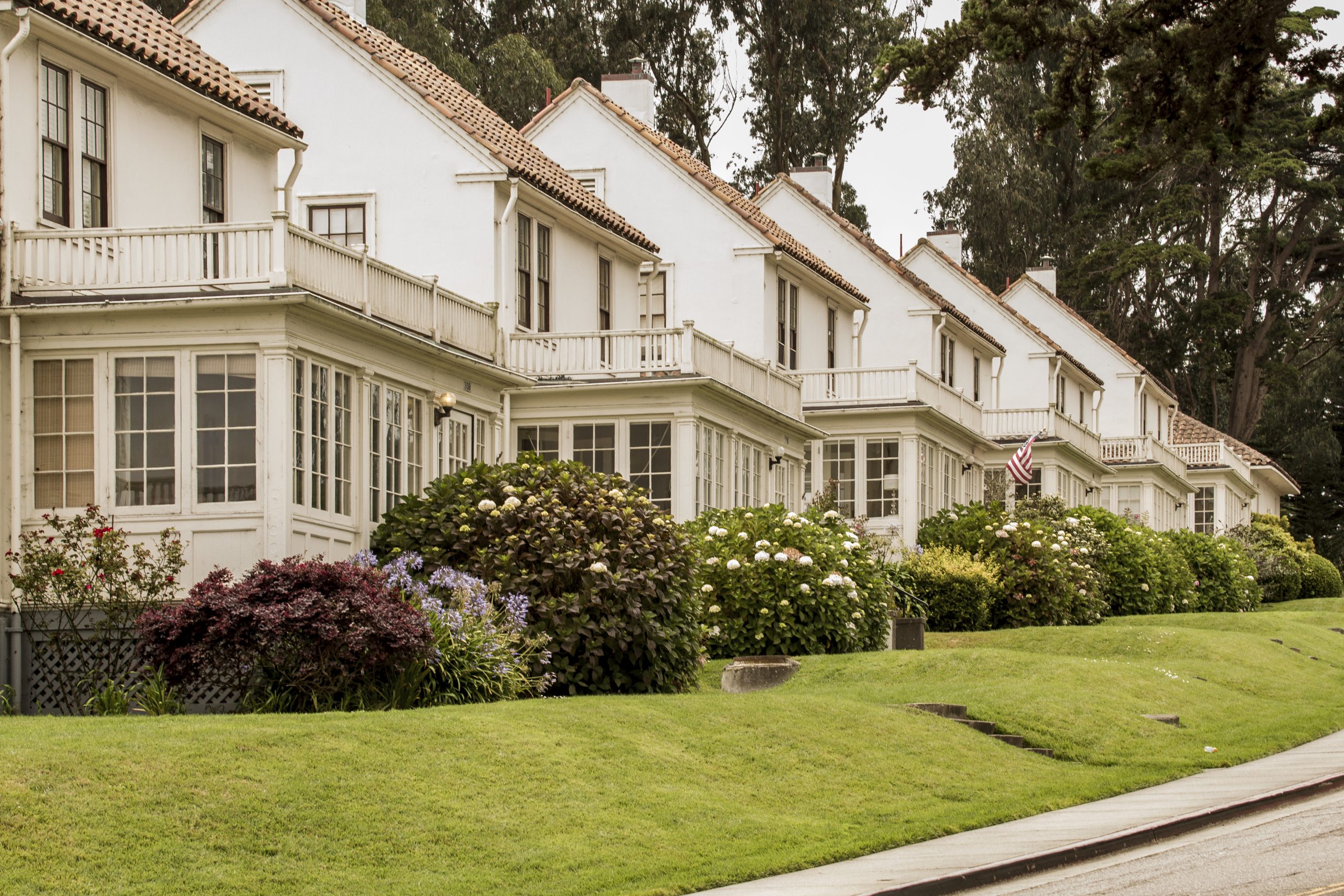SB 1085 Clarifies that Affordable Housing Fees Do Not Apply to Affordable or Density Bonus Units When Senator Nancy Skinner introduced Senate Bill 1085 (SB 1085) in February, the bill proposed numerous revisions to the state Density Bonus Law. Many were geared toward incentivizing the development of moderate-income rental housing, including a 35% density bonus for projects that provide at least 20% of the units affordable to moderate-income families, concessions, and reduced parking requirements. The bill also limited cities’ ability to deny requested concessions, limited parking ratios for certain senior housing projects, and allowed concessions for student housing projects. Of particular interest to developers with projects in San Francisco, SB 1085 clarified that “[a]ffordable housing impact fees, including inclusionary zoning fees, in-lieu fees, and public benefit fees, shall not be imposed on a housing development’s affordable units or bonus units.” SB 1085 was passed by the full Senate in late June, after which it moved to the Assembly. On July 30, the Assembly Committee on Housing and Community Development approved SB 1085 conditioned on Senator Skinner amending the bill to remove the incentives for development of moderate-income rental units. These amendments were encouraged by affordable housing advocacy groups that argued the incentives would cause a reduction in the supply of low-income and very-low income units. The prohibition on imposing Affordable Housing fees on affordable or Density Bonus units remains in the bill. The City of San Francisco imposes an Affordable Housing Fee on Density Bonus units. Many practitioners believe that the imposition of these fees on Density Bonus units is fundamentally incompatible with the Density Bonus Law. In April 2019, Attorney General Xavier Becerra issued an Opinion that bolstered this view, concluding that the imposition of a “public benefit fee” on Density Bonus units reduced the benefits that the Density Bonus Law is intended to promote, and was therefore invalid. While the Attorney General’s Opinion addressed fees imposed only on the Density Bonus units, most practitioners understood its reasoning would also preclude generally-applicable Affordable Housing fees that were being applied to Density Bonus units. SB 1085 would make it explicit that Affordable Housing fees cannot be applied to Density Bonus or affordable units. The Committee’s approval of SB 1085 with the language limiting fees could be interpreted as a promising sign, given that Assembly Member David Chiu, a former San Francisco Supervisor, chairs the Committee. The bill must be approved by the full Assembly and the full Senate by August 31 to make it to the Governor’s desk in 2020. The San Francisco Board of Supervisors remains opposed to the bill. Authored by Reuben, Junius & Rose, LLP Attorney Matthew D. Visick. The issues discussed in this update are not intended to be legal advice and no attorney-client relationship is established with the recipient. Readers should consult with legal counsel before relying on any of the information contained herein. Reuben, Junius & Rose, LLP is a full service real estate law firm. We specialize in land use, development and entitlement law. We also provide a wide range of transactional services, including leasing, acquisitions and sales, formation of limited liability companies and other entities, lending/workout assistance, subdivision and condominium work.











